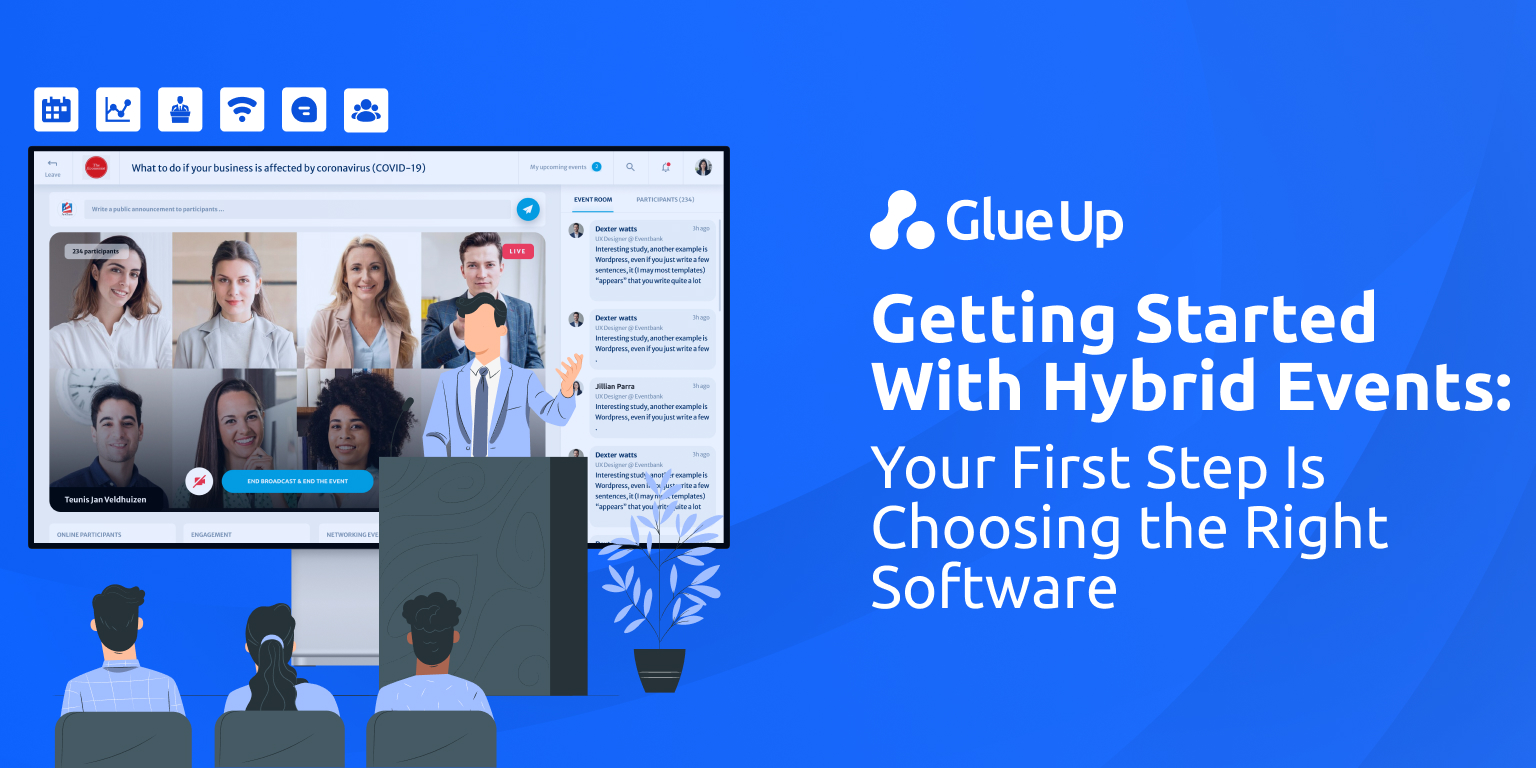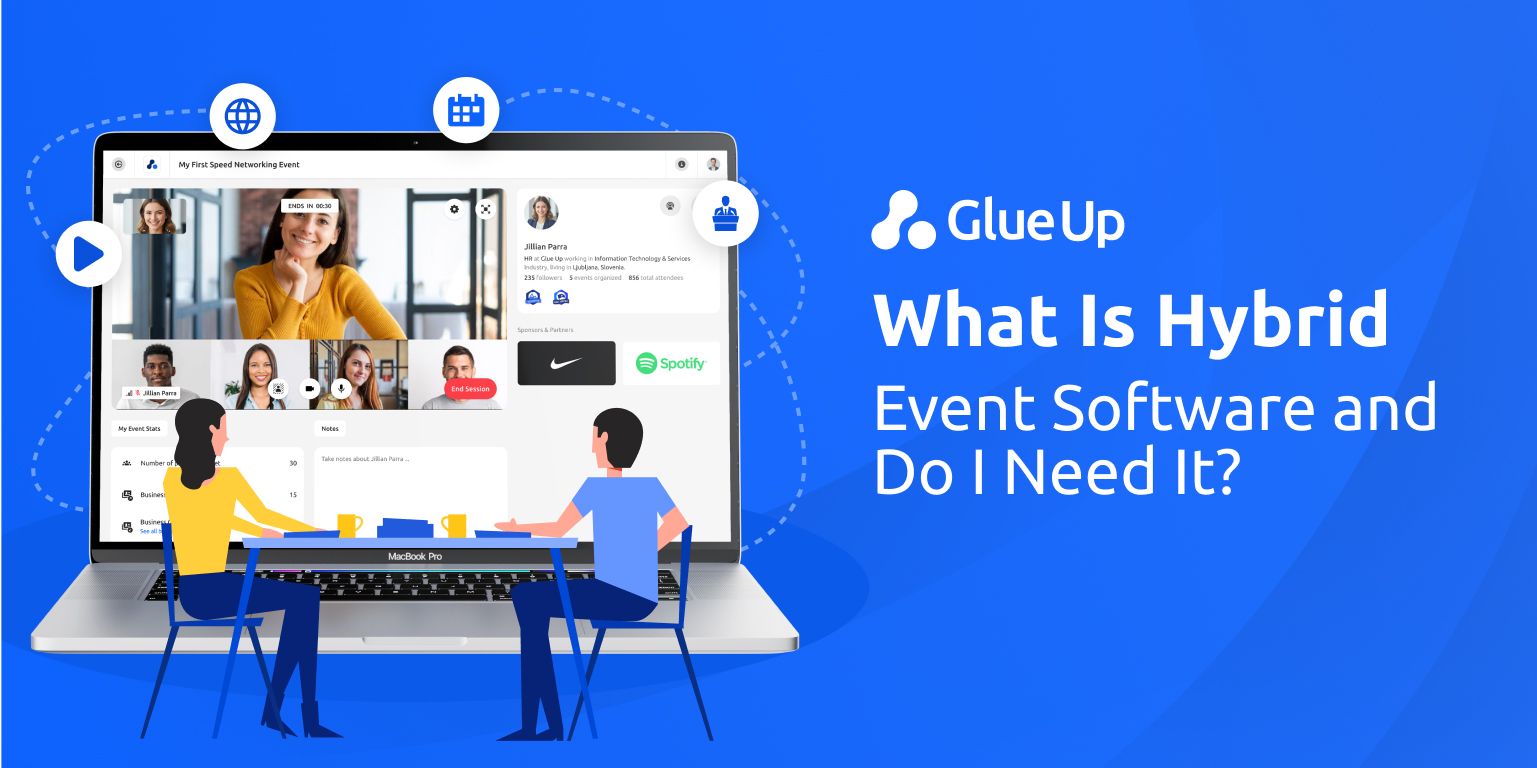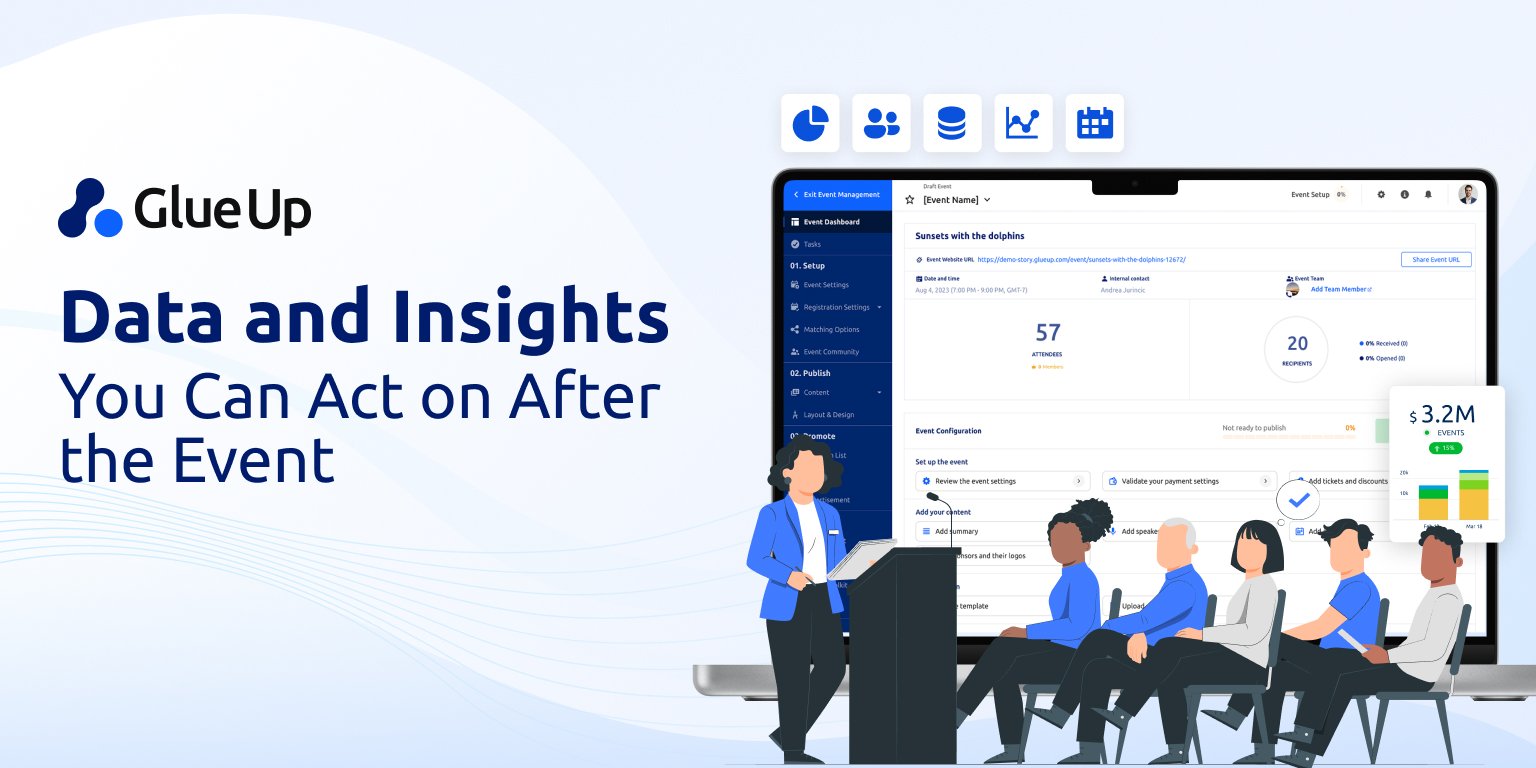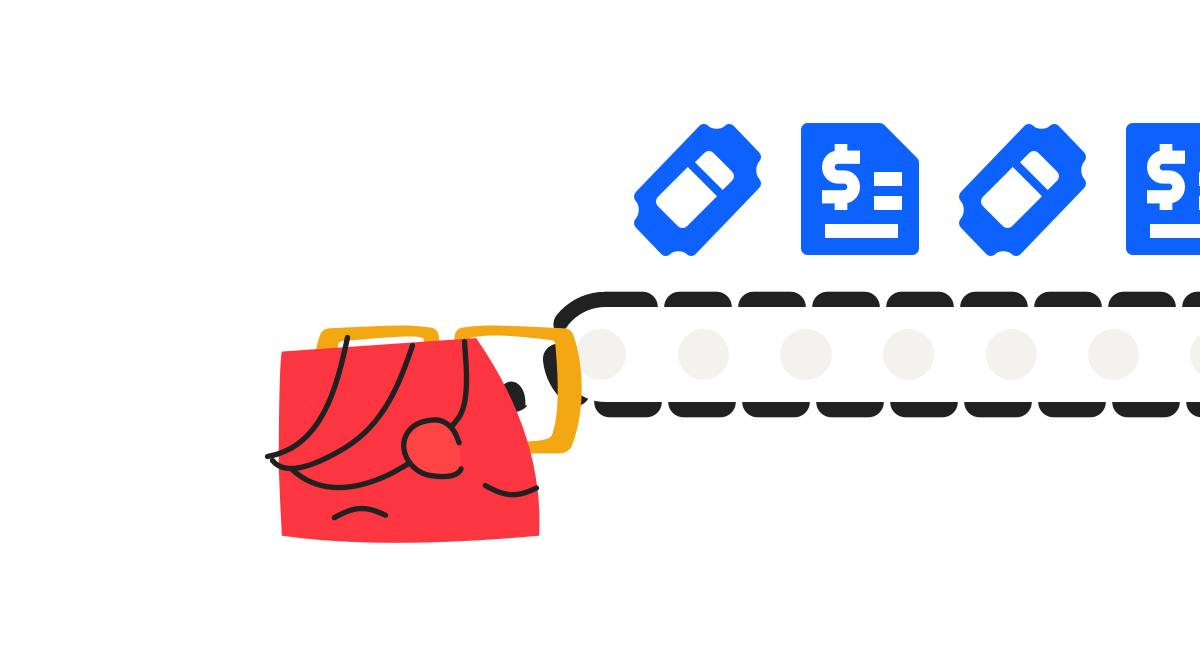
Events and webinars are highly different gatherings for your organization. However, there are pricing strategies you can use for both. Pricing your tickets is difficult, but we hope this article can assist you in the process.
Different Pricing Strategies
Pricing strategies help you determine a healthy price to set your webinar and events. They account for both external and internal factors to ensure that your pricing is fair for your organization and your potential audience members.
Ensure that when pricing tickets, you must consider your organization's goal. If your focus is the number of sales, you must price your tickets in a manner that will drive up the sales. It is essential to make sure that your ticket prices will help your organization reach its goals.
On the other end, pricing must also reflect a fair price for your audience members. If your price is above the value they perceive that they will gain from your webinar or event, tickets will not sell. Keep in mind that your ticket price should be lower than the perceived value of potential audience members.
You can use these pricing strategies in conjunction with each other or as a stand-alone pricing strategy. They have positive points as well as negative ones. So it’s important that your organization prices your tickets well or you may have difficulty reaching your goal.
Quick Reads
- Cost-Plus Pricing
- Pricing Through Competitors
- Value Pricing
- Group Pricing
- Distance Pricing
- Entrance Fee Pricing
- Discount Codes
- Exclusive Pricing
- Early Bird Pricing
- Late Pricing
Cost-Plus Pricing
![]()
Cost-plus pricing is the classic pricing strategy commonly used by event planners because it does not necessitate advanced projections or calculations. This pricing strategy is calculated by adding the total cost of the event or webinar, the amount you want to make, and dividing that by the number of tickets you believe you will sell.
The issue with using cost-plus pricing is that it does not consider the perceived value your customers have for your event or webinar. If the price ends up being too high, customers will not purchase your tickets; but if your price is lower than their perceived value, you may not be maximizing the revenue you have a chance to earn.
Pricing through competitors
Competitor-based pricing is an external pricing strategy that does not depend your pricing strategy on your organization. It bases your ticket pricing on what your competitor charges for similar events or webinars.
For this reason, you know that your pricing is not different from what your competitors are pricing. It prevents you from overcharging, which could put off potential audience members or undercharging to cut into your own profits.
This strategy’s pricing issues are that it would be hard to determine if it can cover your costs or make the profit you were hoping for.
Value Pricing
This pricing strategy allows you to use the demographic information you have collected previously to price the event or webinar to the value that your specific audience member perceives it as.
If the value is worth the ticket price, your audience member will be willing to purchase. However, pricing by value is difficult because calculations for perceived value are often arbitrary.
If you calculate the perceived value wrong for your event or webinar, you may not receive the audience list you expected.
Group Pricing

Group pricing usually prices individual tickets at a higher rate than the group tickets. It incentivizes people to purchase their tickets in batches to save money on individual tickets. Moreover, it allows your organization to sell more tickets at once, ensuring that your event or webinar fills up.
Issues with this strategy often lead to large groups who end up not making it to your event or webinar, resulting in empty seats.
Supply Demand Pricing
Supply-demand pricing creates a pricing structure that increases as each predetermined amount of tickets are sold. This concept is based upon the economic theory that as supply decreases, demand increases, which drives people to purchase tickets early because of the Fear of Missing Out on the lower-priced tickets.
Issues with this pricing structure will be audience members who pay a higher amount than their friends will contact your organization to compare prices. It would mean that you would need a strong customer service team to handle these inquiries.
Distance Pricing
This pricing strategy relates to events more than webinars. Distance pricing accounts for the distance your audience members traveled for your event. This way, you can help offset your international audience members’ cost paid to travel to your event. It can attract a highly diverse crowd.
The issues with this pricing strategy are the process of verifying the travel costs of each attendee. It leaves some of the members of your organization unable to work on other projects because of the need to handle and process these payments.
Entrance Fee Prices

Entrance fee prices allow you to price the tickets at the last moment, right before your event starts. It lets you charge higher prices because people do not need to commit to your event not until right before the event. Meaning, they do not need to calculate the cost of purchasing the tickets and missing the occasion.
The potential problem with this strategy is that you have many upfront costs that you do not know if you can pay off before the event starts.
Discount Codes
You can send discount codes to influential people who might boost the demand for your event. These people can include brand ambassadors or influencers of the industry.
They can also share their code with their followers, boosting your event or webinar credentials, and driving more ticket sales at discounted prices.
There are issues with this process too. If the discount code gets leaked, it can lower your event’s value because everyone could purchase it at a lower price.
Exclusive Pricing
Exclusive pricing is a pricing strategy where you price your event or webinar very high to attract a different type of crowd. It markets your event or webinar as exclusive and only for execs and industry leaders.
It will work if this is the demographic you are catering to and may bring in other audience members who want to be part of the exclusive event or webinar.
The main issue is that your market is narrow, and the number of attendees may be small. You would need to prove that your pricing comes with a value that matches.
Early Bird Pricing

Early bird pricing is a strategy to drive ticket sales by reducing the price of some tickets. The reduced early bird ticket amount can be limited within a given timeframe, or just by the number of tickets. People generally want to pay less for the same tickets, so this drives interest in the event and ticket sales.
The problem with this pricing strategy is that it only accounts for a certain amount of your tickets sold. For the rest of your tickets, you must incorporate another system to ensure you find the right price for your organization and your audience members.
Late Pricing
Late pricing is a strategy of ticket sales that employs the process of selling off your remaining tickets the day of your event at a reduced price. It allows you to make some profits off of the unsold tickets. Moreover, it guarantees that all tickets have a higher probability of being sold and can increase your profits instead of leaving some spots empty.
However, this comes with some of its problems as well. If people start seeing the pattern that you are selling your tickets in this manner, you may have many potential audience members wait for the last second to grab the tickets at the lowest possible price.
Making the Decision
The decision on which pricing strategy to implement is dependent on your organization and the event or webinar you are planning to host. To ensure that you pick the right pricing strategy, have your goals laid out, your event’s cost, and the amount of profit you want to make.
Sell Your Tickets
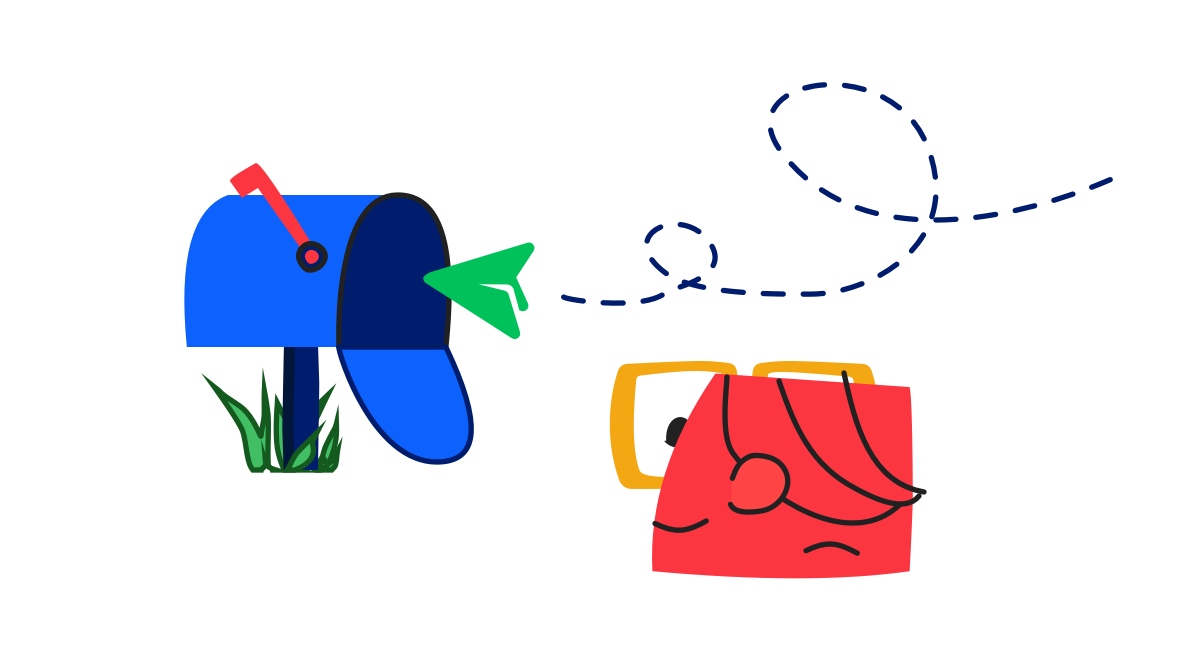
The final step is to host your events and start selling your tickets. We hope that these strategies have been useful in your task of pricing your events and webinars. Let us know what worked the best for you. We would like to hear your feedback or any other strategies you implement to price fairly!
If you're looking for an all-in-one software that helps you set up events, webinars, manage contacts, and more, consider booking a demo with Glue Up to see how our platform has helped organizations like yours run amazing events and make smarter decisions.

